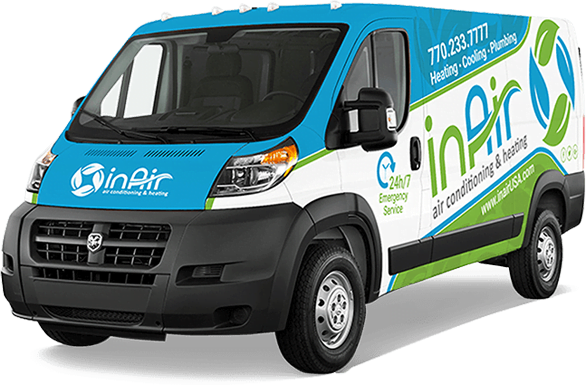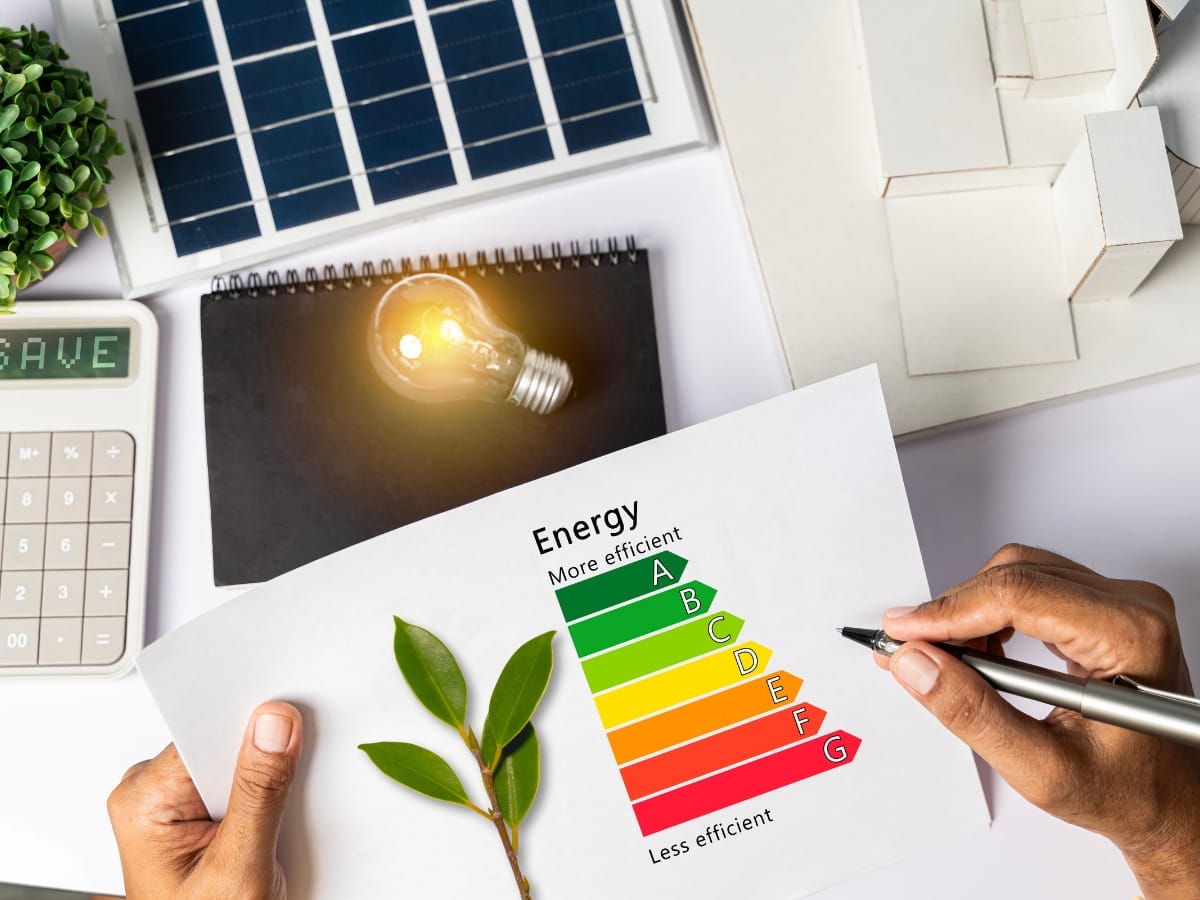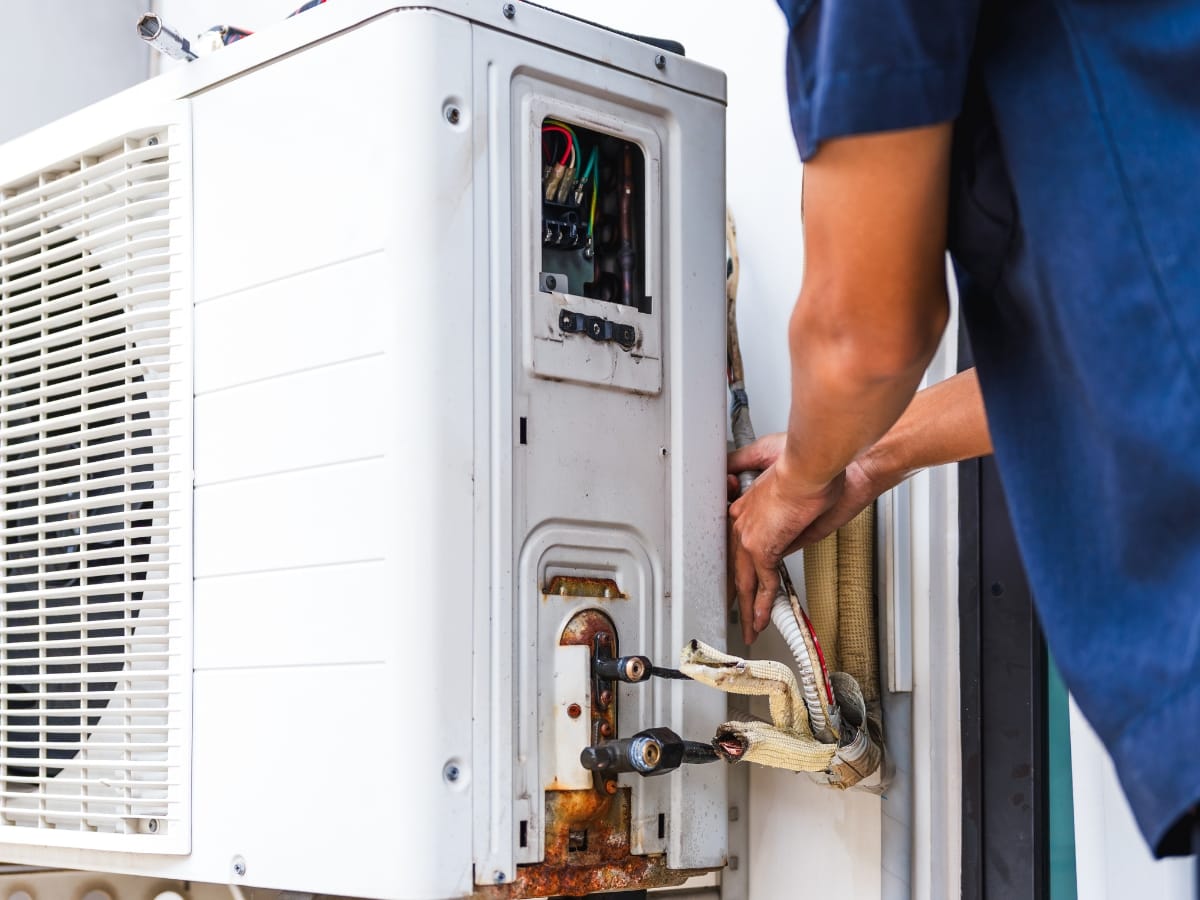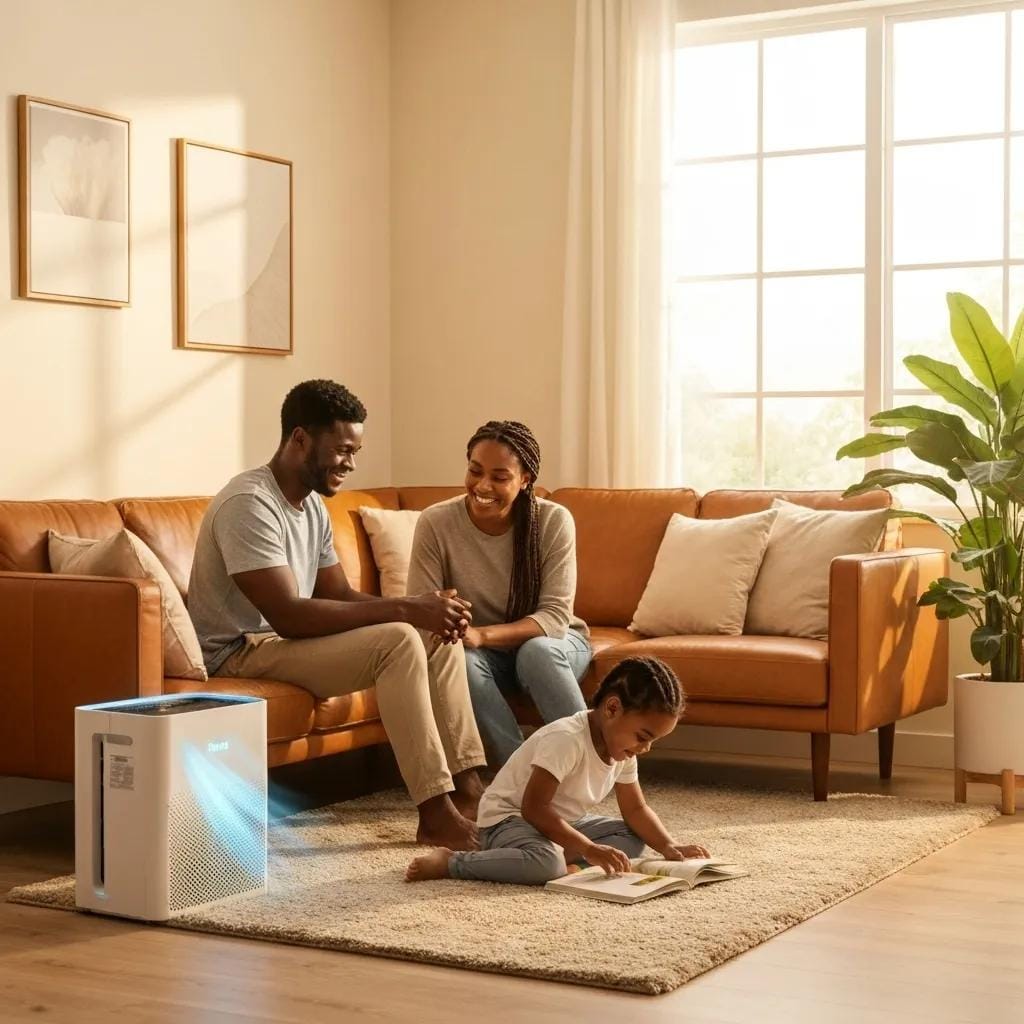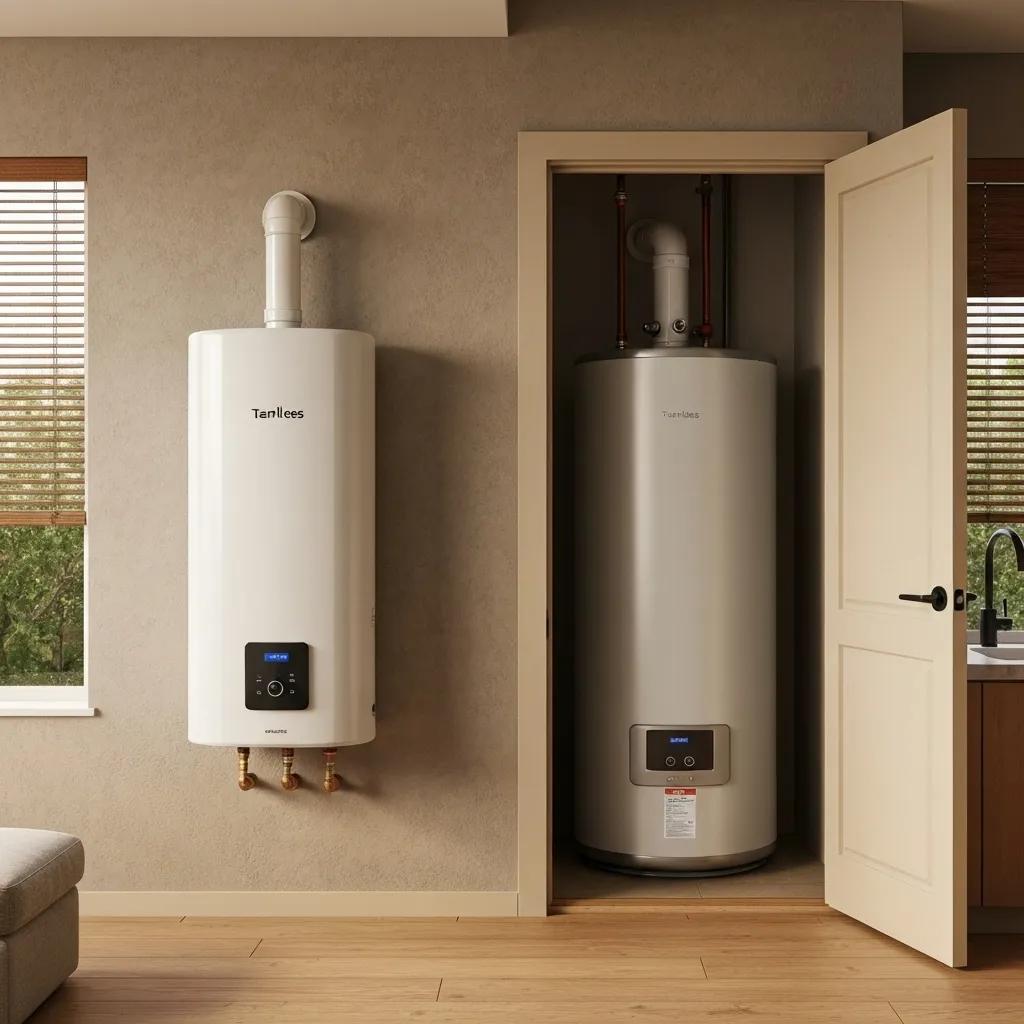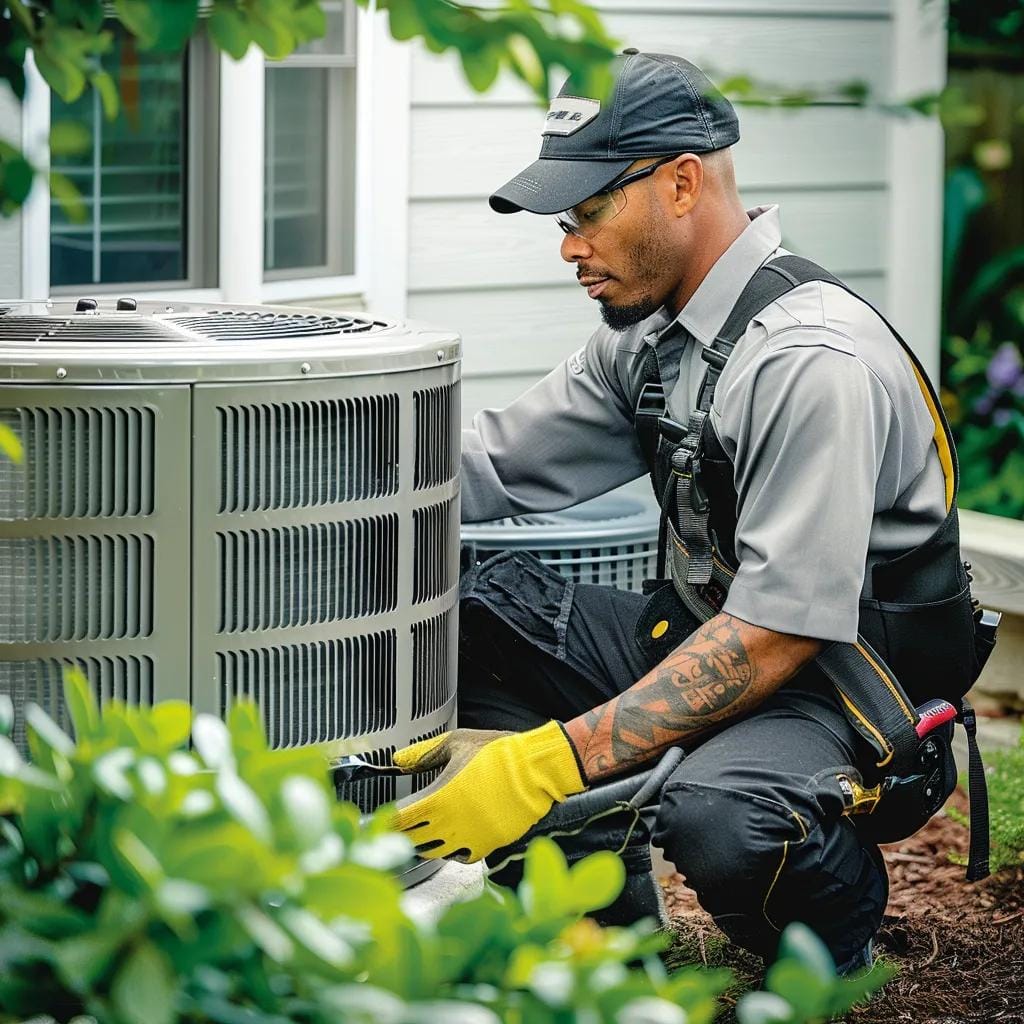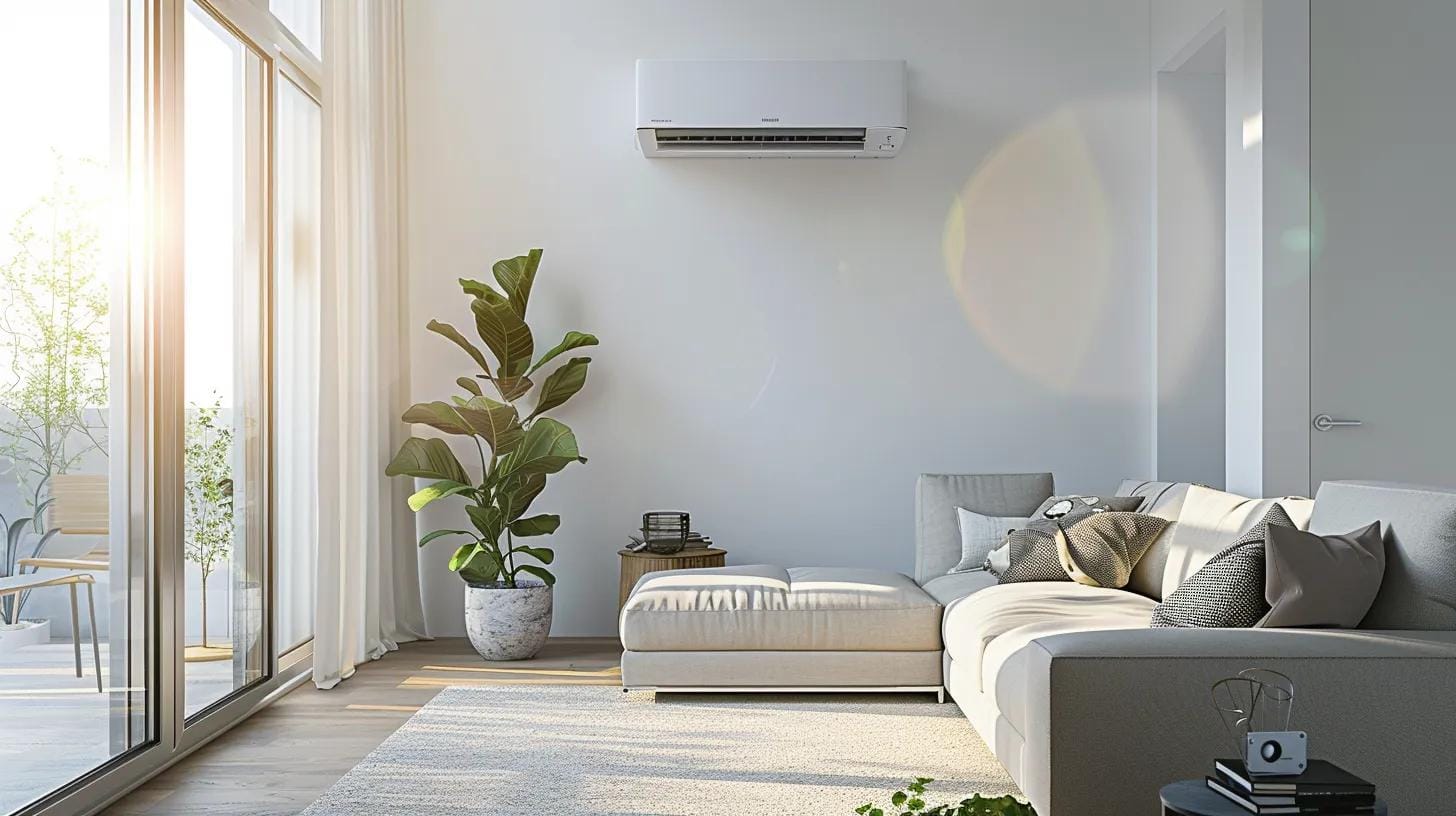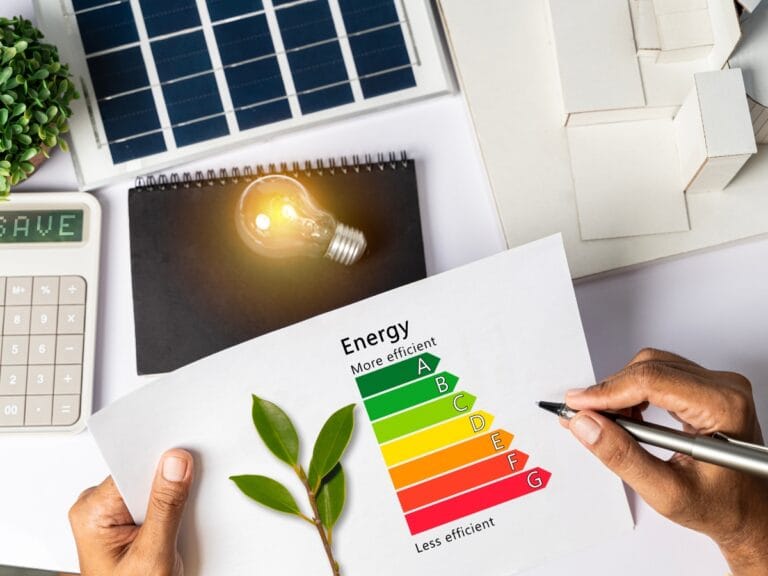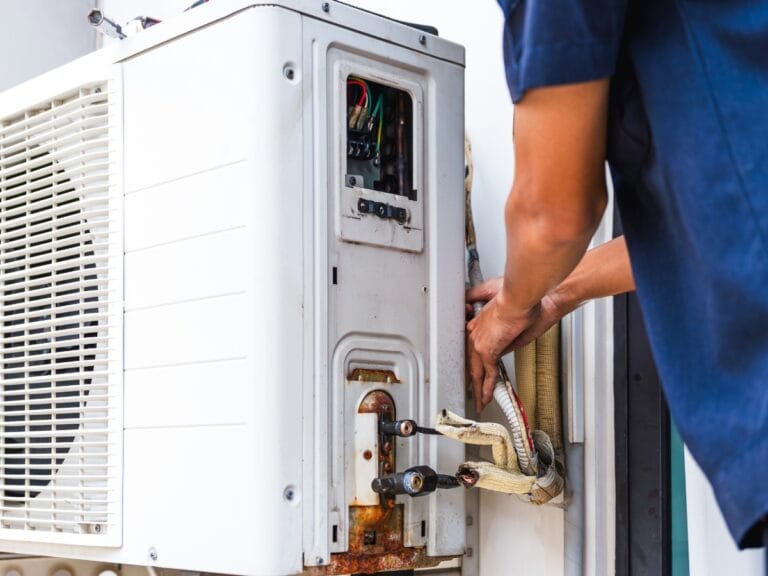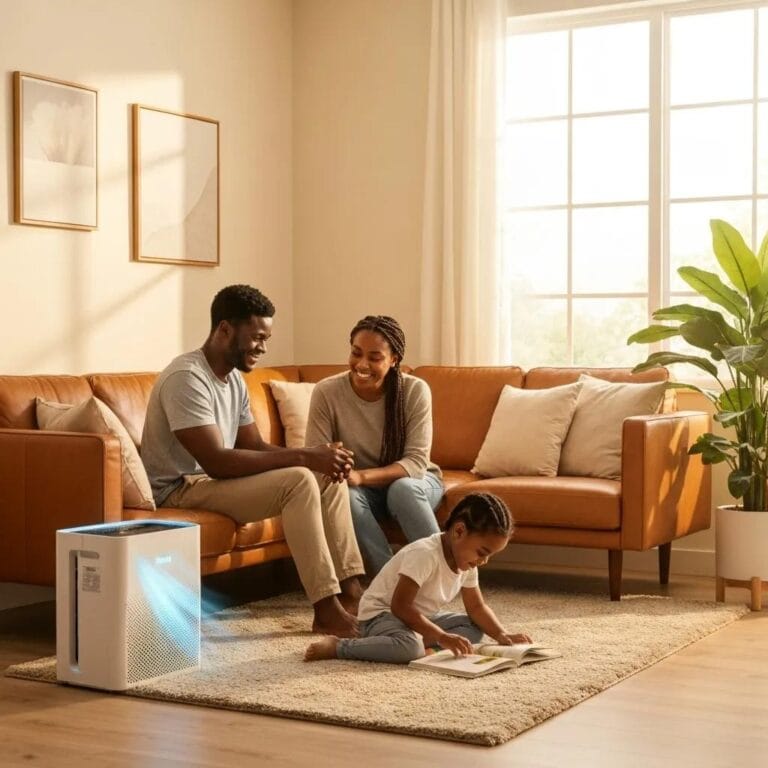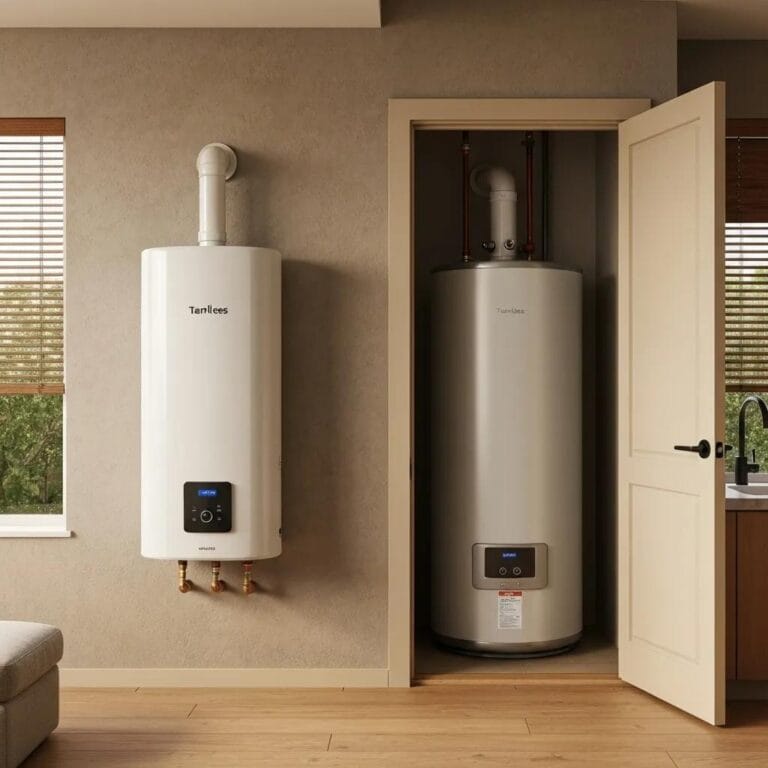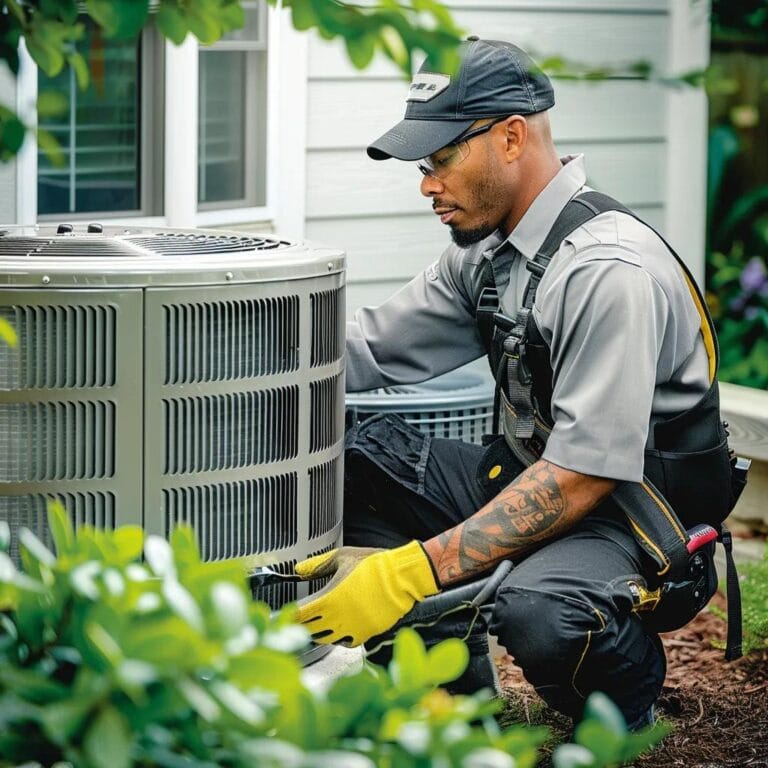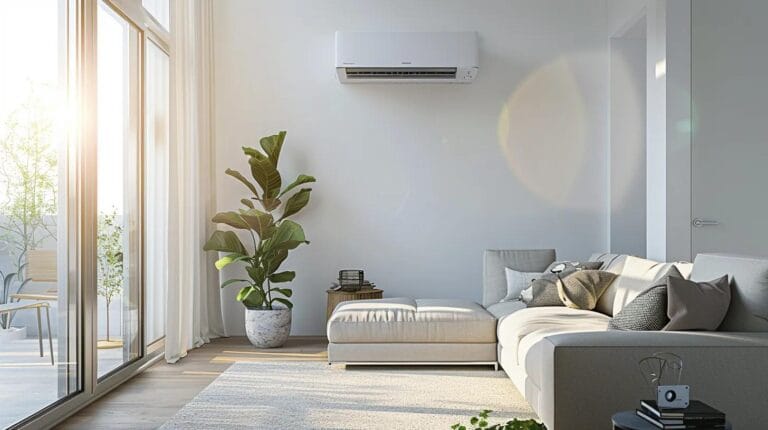Your HVAC system plays a vital role in keeping your home or business comfortable year-round—but when something goes wrong, small issues can quickly escalate into costly repairs. Recognizing the early warning signs of HVAC trouble can help you act fast and avoid system failure. Whether it’s strange noises, weak airflow, or a sudden spike in your energy bill, these red flags shouldn’t be ignored. In this guide, we’ll cover the key HVAC repair signs that your system may need immediate attention, helping you stay ahead of problems and maintain a safe, efficient indoor environment.
From Noises to Odors: HVAC Repair Signs to Watch For
Recognizing Performance Deficiencies as HVAC Repair Signs
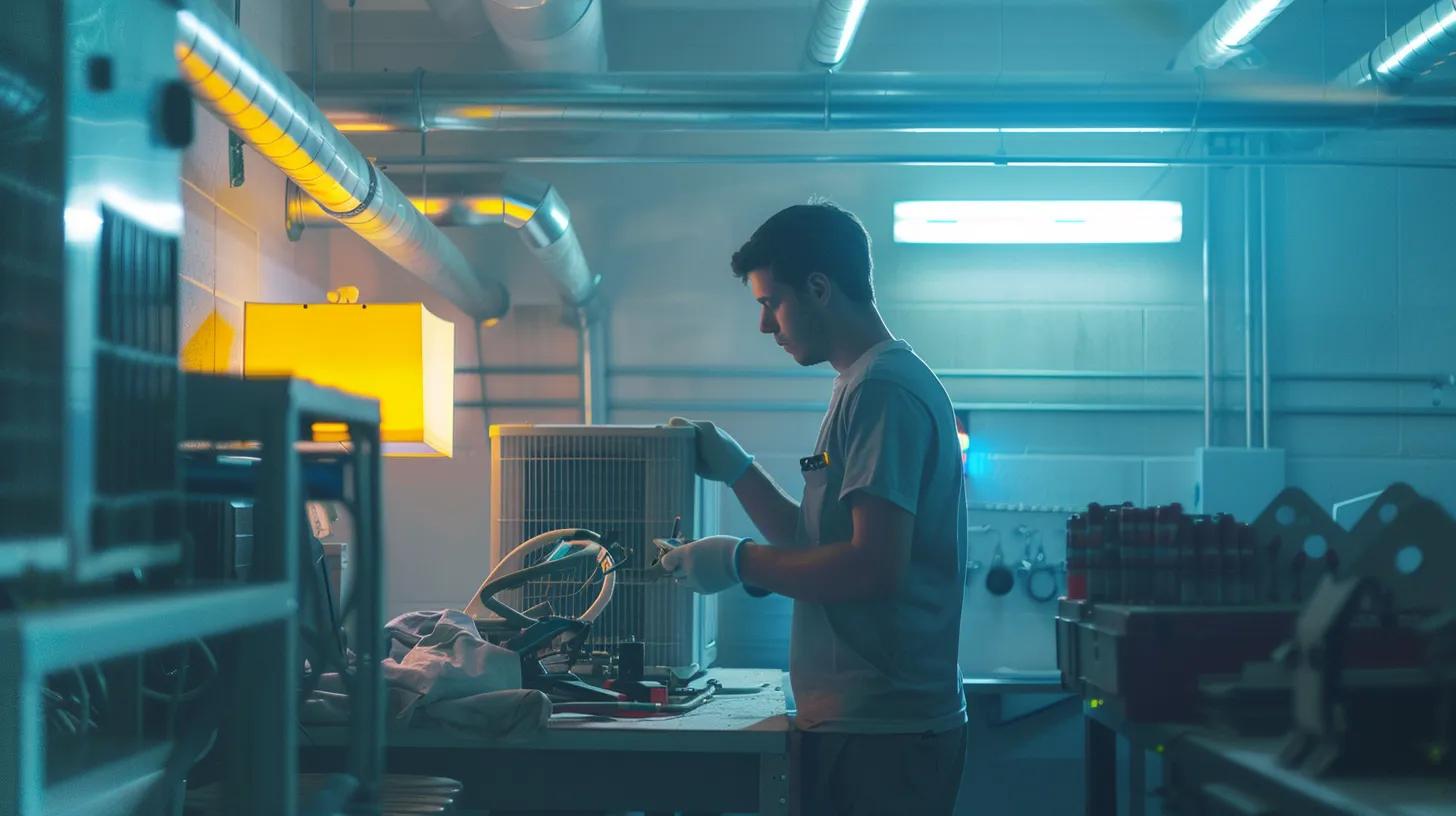
When your HVAC system begins to underperform, it usually shows up in higher energy bills, inconsistent indoor temperatures, and reduced comfort. These issues often stem from worn components, blocked airflow, or malfunctioning parts—and addressing them early can prevent more serious repairs down the line. Below are some common signs that your HVAC system may need attention.
Your Air Conditioner Blows Warm or Hot Air
If your AC is pushing out warm air instead of cooling your home, the problem could lie in the cooling cycle. Low refrigerant levels, a faulty compressor, or issues with the evaporator coil are all possible causes. Dirty filters or electrical issues can also reduce efficiency. During hotter months, even a small problem in this area can lead to long periods of discomfort and higher utility bills. It’s best to have the system inspected as soon as you notice the issue.
Experiencing Weak or Insufficient Airflow From Vents
Weak airflow means your HVAC system isn’t circulating air as it should. This could be due to a clogged air filter, blocked or leaking ductwork, or a failing blower motor. Uneven airflow across different rooms often signals problems with duct design or dampers. Over time, poor airflow strains the system, reducing its efficiency and increasing wear on critical components. Regular filter changes and duct inspections can help avoid these issues.
The AC Unit Fails to Cool Your Home Adequately
When the system runs constantly without bringing the temperature down, it could be caused by a refrigerant leak, dirty coils, or a malfunctioning compressor. Poor insulation or failing components in the outdoor unit can also make it harder for the system to cool the home efficiently. This condition not only impacts comfort but also drives up energy costs and can shorten the life of your equipment.
Noticing Uneven Cooling Across Different Rooms
If some rooms are significantly warmer or cooler than others, the issue may lie in the duct system. Poorly sized ducts, blocked vents, or failing dampers can prevent even distribution of air. In some cases, it could also point to an aging HVAC system that struggles to keep up with demand. A full inspection can determine whether adjustments or upgrades are necessary.
Your System Runs Constantly Without Reaching Set Temperatures
When the system runs non-stop yet never hits the desired temperature, that’s a clear signal of trouble. It could mean the system is undersized, struggling with a failing part, or compensating for poor airflow or insulation. This kind of overworking not only increases energy bills but also accelerates wear on motors, compressors, and other critical parts. In older systems, this is often a sign that a full replacement may soon be needed.
Interpreting Unusual Noises as HVAC Repair Warning Signals
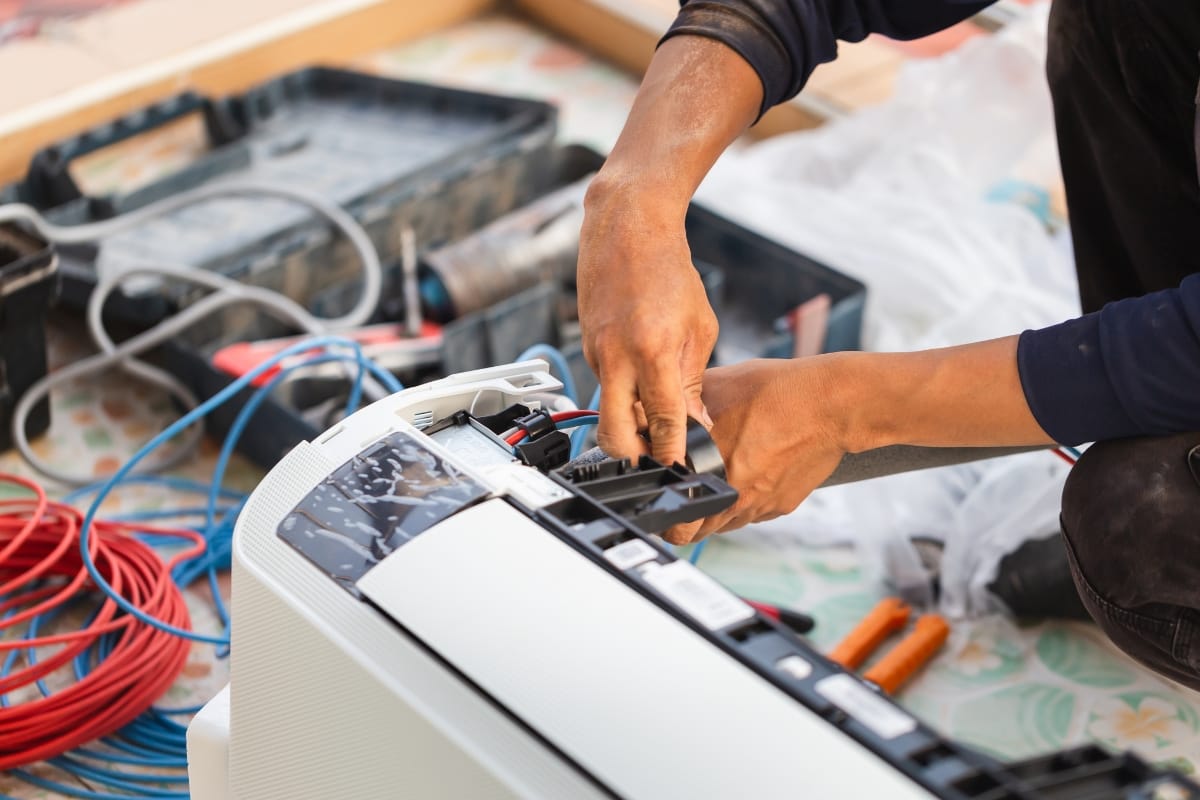
When your HVAC system starts making unfamiliar sounds, it’s often a sign that something is wrong. Unusual noises can point to mechanical wear, loose parts, or internal damage that needs to be addressed to prevent more serious problems. Understanding what these noises mean can help you identify when it’s time to call a professional for an inspection or repair.
Hearing Grinding or Squealing Sounds From the Unit
Grinding or squealing often signals that a component is misaligned, worn out, or lacking proper lubrication. These sounds typically come from the motor, blower fan, or belt system. A squeal might mean that a belt is slipping or worn, while grinding could indicate failing bearings in the fan motor. If left unchecked, these issues can lead to a complete breakdown or further damage to surrounding components. Prompt attention can often extend the life of the system and prevent more expensive repairs later.
Detecting Loud Banging or Clanking During Operation
Loud banging or clanking is a more serious warning sign. These noises could mean that a component has come loose inside the system or that a fan blade has broken. Internal debris may also be hitting other parts of the unit, causing damage each time the system runs. If the sound is coming from the compressor or fan assembly, it might be a sign of a major fault that needs immediate repair. In severe cases, continued use of the system could cause extensive damage and lead to the need for significant component replacement.
Identifying Hissing Noises Indicating Potential Leaks
A hissing sound often points to a refrigerant leak or an issue with a pressurized part of the system. Even a small leak can lower the efficiency of your air conditioner, forcing it to work harder to cool your home. This not only increases energy use but also puts strain on the compressor, which may eventually fail. Leaks should be located and repaired quickly to prevent long-term damage and environmental harm.
Persistent Clicking Sounds When the System Starts or Stops
Clicking sounds when the system starts or stops are usually related to electrical components. Faulty relays, damaged wiring, or malfunctioning control boards can produce this kind of noise. While an occasional click at startup is normal, persistent or irregular clicking could mean that the system’s electrical connections are failing. Ignoring this sound increases the risk of more serious electrical problems, such as short circuits or system failure.
A Buzzing Noise Points to Electrical HVAC Repair Signs
A continuous buzzing noise often signals electrical problems. It could indicate a failing capacitor, unstable voltage supply, or loose wiring. This type of issue can put additional stress on sensitive parts of the system, leading to uneven performance or unexpected shutdowns. In some cases, buzzing may also be linked to failing motors or compressors. Addressing electrical concerns promptly helps maintain the safety and reliability of your HVAC system.
Unusual noises are a key indicator that your HVAC system is struggling and may need service. Paying attention to these sounds and acting early can prevent minor problems from becoming major repairs. Regular inspections and maintenance help identify these issues before they escalate, protecting both your equipment and your home’s comfort.
Addressing Strange Odors That Signal HVAC System Issues
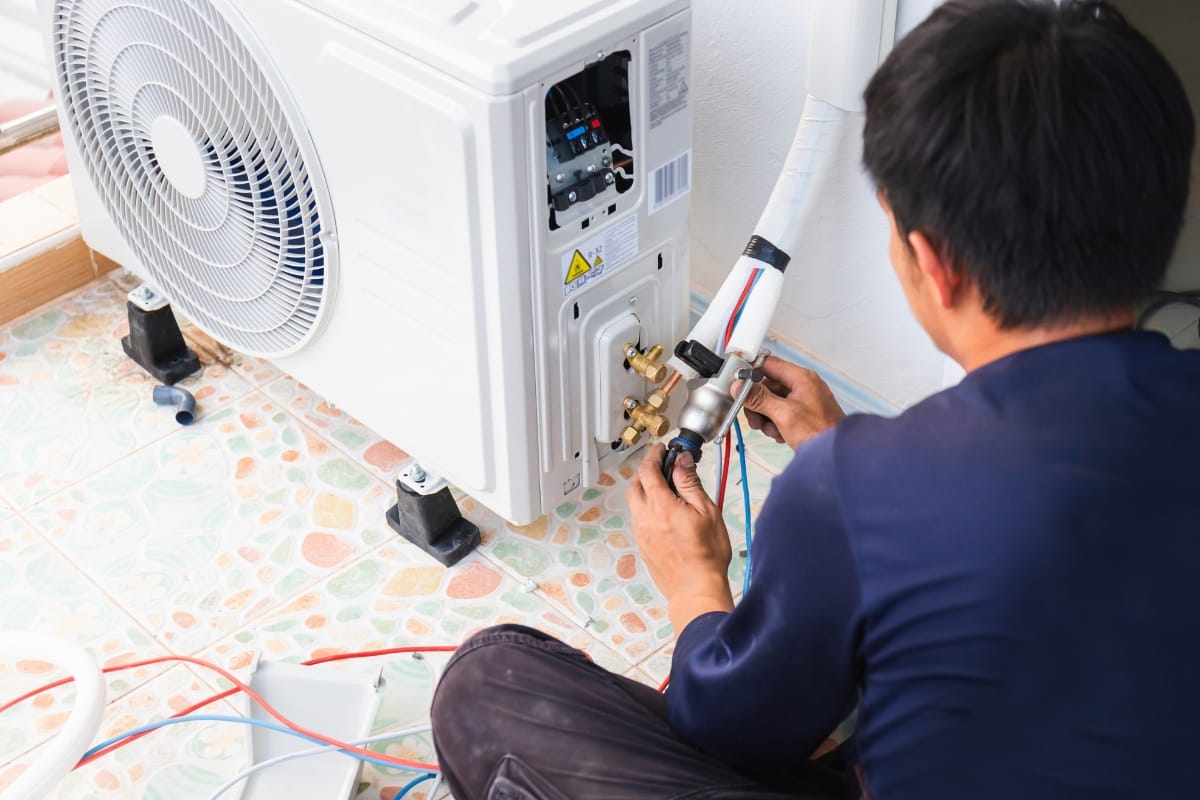
Unusual smells coming from your HVAC system can be an early warning sign that something is wrong. These odors often point to problems like electrical issues, mold growth, refrigerant leaks, or even gas leaks. Recognizing the type of smell and what it may signal can help you act quickly and avoid more serious problems.
Smelling Burning Odors Coming From Your Vents
A burning smell is one of the more serious HVAC warnings and should never be ignored. This type of odor may suggest overheating electrical components, a malfunctioning motor, or worn-out wiring. In systems that rely on combustion, such as gas furnaces, it could also point to issues with the burner or heat exchanger. Any of these situations present a potential fire hazard. If you notice this smell when your system starts up or while it’s running, it’s best to turn off the unit and have it professionally inspected before further damage occurs.
Detecting a Musty or Moldy Smell Throughout Your Home
A musty odor often indicates mold or mildew growth somewhere in your HVAC system. This can happen when moisture builds up in the ducts, filters, or around the evaporator coil. Poor ventilation, high humidity, or leaks in the drainage system can all contribute to the issue. In many cases, clogged filters or dirty coils are to blame.
If mold is present, it can spread through the ductwork and negatively affect indoor air quality, potentially aggravating allergies or respiratory conditions. Cleaning the affected components, using a dehumidifier, and replacing air filters regularly can help manage moisture and prevent mold buildup. A technician can also inspect the system for any areas where water may be collecting and make necessary adjustments or repairs.
Noticing a Rotten Egg or Sulfur Smell Near the Unit
A sulfur or rotten egg smell is typically associated with natural gas. Since natural gas is odorless, a sulfur-like scent is added as a safety feature to alert people of a leak. If you notice this odor near your HVAC equipment, especially if you have a gas-powered furnace, it could mean there’s a leak in the gas line or an issue with the burner assembly.
This is a serious safety concern. You should evacuate the area immediately and avoid using any electrical devices or open flames until a professional has inspected the system. Do not attempt to locate the source of the leak yourself. A certified technician will be able to safely assess the situation and recommend appropriate repairs.
A Chemical Odor Suggests a Refrigerant Leak: HVAC Repair Signs
A sharp, chemical odor coming from your HVAC system may be a sign of a refrigerant leak. Refrigerants have a distinctive smell that’s often described as sweet or ether-like, but it can also resemble acetone or paint thinner. If refrigerant is leaking, your system’s cooling ability will drop, and prolonged exposure to the chemicals could pose health risks. These leaks are most common in older systems or in units with damaged coils or connections. A technician can test for leaks, recharge the system, and replace any faulty components. Catching a leak early can help preserve your system and avoid larger repair costs.
Identifying Moisture or Leakage Problems Requiring HVAC Repair
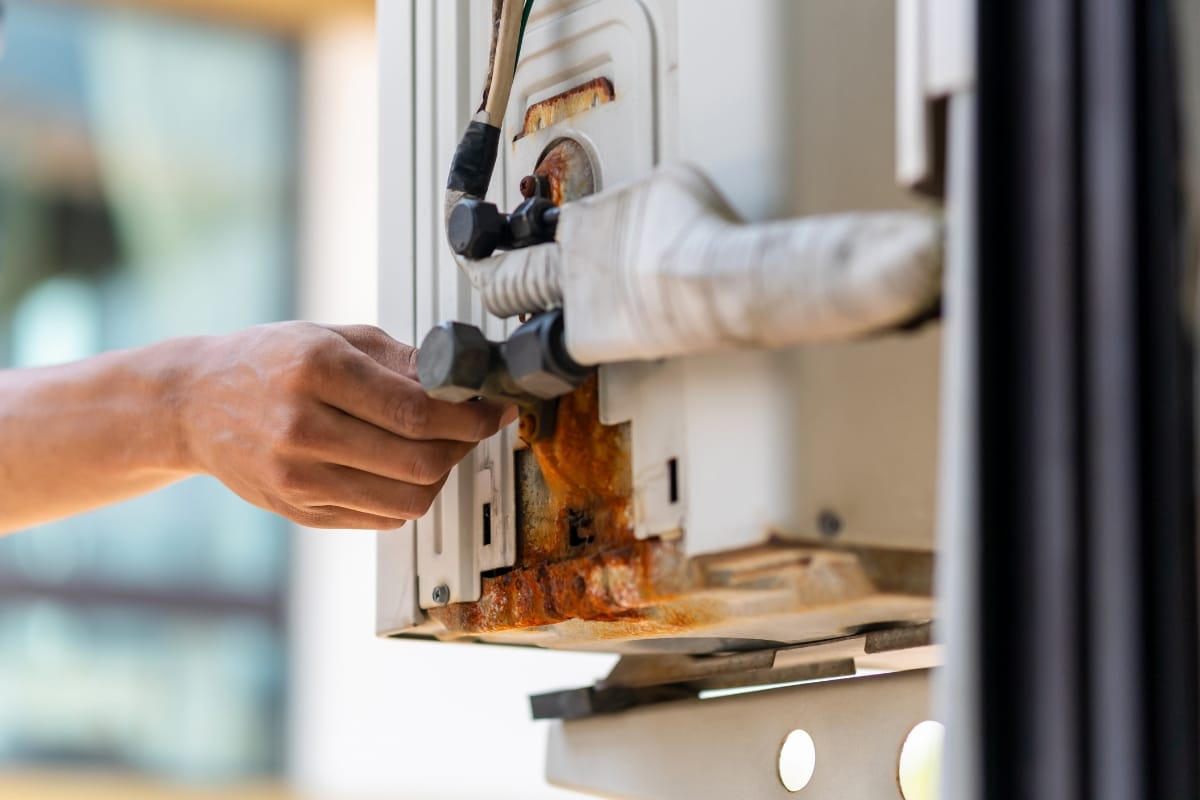
Moisture issues in your HVAC system are more than just a nuisance. Left unresolved, they can damage your system, harm indoor air quality, and even lead to structural problems in your home. Recognizing the early warning signs can help you avoid more expensive repairs down the road.
Finding Water Pooling Around Your Indoor AC Unit
If you see water collecting around the base of your indoor air conditioning unit, it’s usually a sign that the condensate drainage system isn’t working correctly. Your system pulls moisture from the air during the cooling process, and that moisture should exit through a drain line. If the line becomes clogged with dirt, algae, or debris, the water backs up and may overflow the drip pan. This can damage nearby flooring and electrical parts, and in some cases, create conditions for mold or mildew to form.
To prevent this, the condensate line should be inspected and cleared regularly. Keeping the drip pan clean and ensuring it is sloped properly will also help direct water flow into the drain line instead of onto your floor.
Observing Active Leaks or Excessive Condensation on Ductwork
Visible leaks or heavy condensation on your ductwork could mean the ducts are poorly insulated or have gaps that are letting warm, humid air mix with cooler air. This temperature difference causes moisture to form, which can drip onto nearby ceilings, walls, or insulation. Over time, this may cause water damage and reduce the effectiveness of your HVAC system.
Poor duct sealing also leads to energy loss. Cooled or heated air escapes before it reaches its destination, which means the system works harder and uses more energy. A thorough inspection of the duct system, including checking joints and insulation, can help identify where the problems are. Resealing and reinsulating ducts can often stop the leaks and restore efficiency.
Noticing Ice Buildup on the Evaporator Coil or Refrigerant Lines
If your evaporator coil or refrigerant lines are covered in ice, it’s a sign the system isn’t operating the way it should. When airflow is restricted or refrigerant is low, the temperature of the coil can drop below freezing. Instead of removing heat from the air, the coil freezes up, and the system loses its ability to cool properly.
Ice buildup can lead to overheating and damage to the compressor, one of the most expensive parts of the system. If you notice frost or ice forming on your unit, turn it off and let it thaw. Then, check for things like a dirty air filter or blocked vents that may be restricting airflow. If the ice returns, a deeper issue such as a refrigerant leak or thermostat malfunction could be to blame, and a technician should inspect the system.
Signs of Water Damage on Walls or Ceilings Near Vents
Water stains on walls, ceilings, or floors near your air vents can be a subtle but serious sign of a leak. These stains are often caused by condensation from uninsulated or leaking ducts, or by water escaping from a clogged drain line in your HVAC system. Over time, this can cause drywall to soften or paint to bubble and peel. Left unchecked, it may even result in mold or mildew growth.
If you see signs of water damage around your vents, it’s worth checking your attic or crawl space to locate the source of the moisture. Fixing the underlying HVAC issue is just as important as repairing the visible damage to your walls or ceilings.
Spotting Operational Irregularities as Clear HVAC Repair Signs
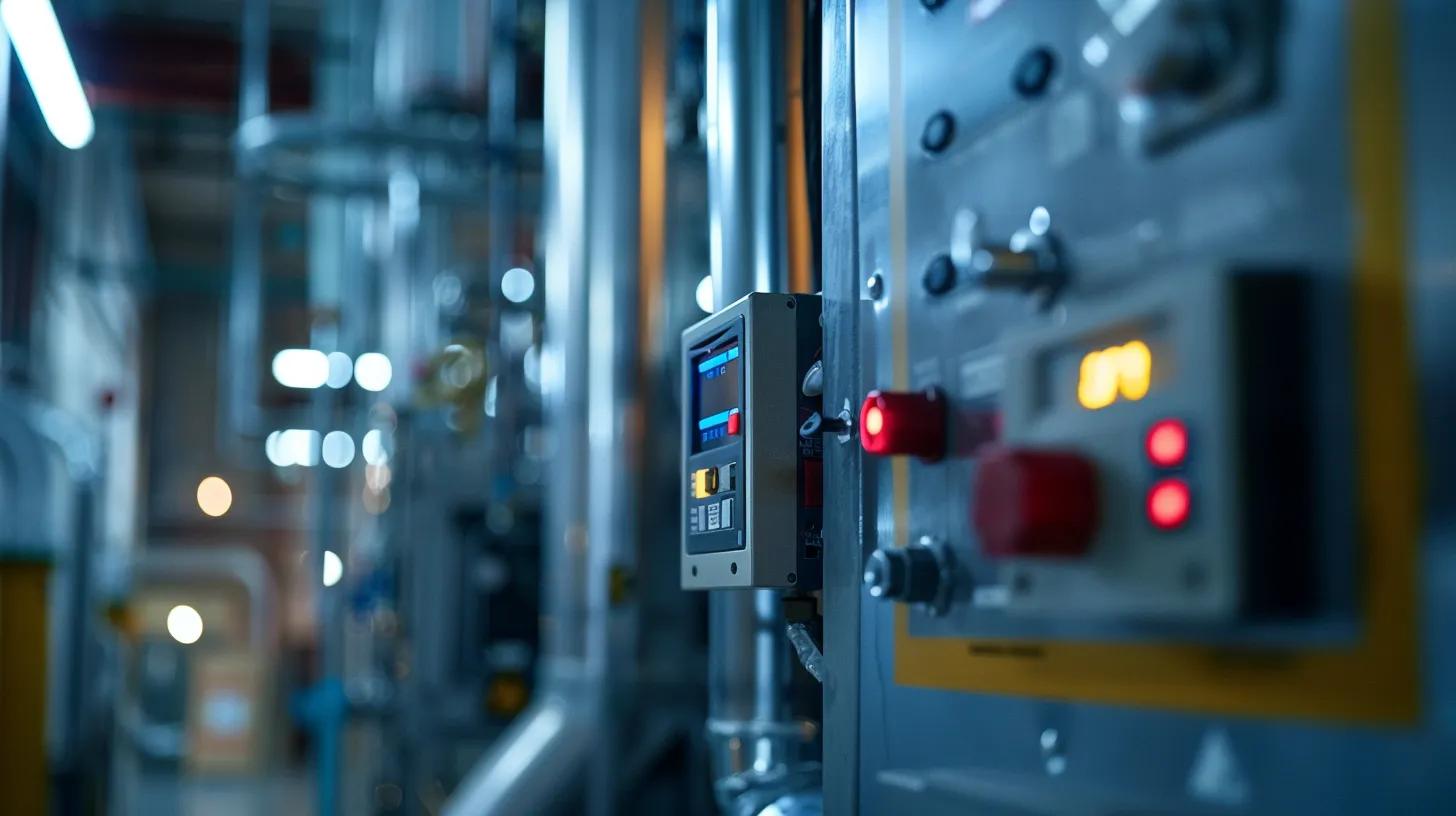
When your HVAC system begins to behave unusually, it’s often a sign that something isn’t working the way it should. Operational irregularities may not seem like major problems at first, but they can point to bigger mechanical or electrical issues brewing beneath the surface. If left unresolved, they can reduce system efficiency, drive up energy costs, and shorten the life of your equipment. Paying attention to these signs early on can help you avoid more serious and expensive problems later.
Your AC System Cycles on and Off Too Frequently
Short-cycling happens when your AC unit turns on and off more frequently than it should. This usually means the system is either too large for the space it’s cooling or there’s a problem inside the unit. Common causes include clogged air filters, low refrigerant levels, or a faulty thermostat. Not only is short-cycling hard on the compressor, but it also wastes energy and makes it harder to maintain a consistent indoor temperature. Checking the air filter and thermostat settings is a good place to start. If the issue persists, more thorough troubleshooting may be needed to protect the system from long-term damage.
The Thermostat Fails to Control the AC Unit Correctly
If your system keeps running even after reaching the set temperature, or it turns off too soon, the thermostat might be the problem. Older models can lose accuracy over time, and newer programmable or smart thermostats can malfunction if there’s an issue with the wiring or sensor placement. This can lead to higher utility bills and uneven cooling throughout the home. Calibrating the thermostat or upgrading to a more reliable model can help improve system performance and comfort.
The System Struggles to Start or Fails to Turn On
When your HVAC system hesitates to start or doesn’t turn on at all, it’s often due to an electrical or mechanical issue. Faulty capacitors, broken contactors, or a damaged control board can all interfere with proper startup. In some cases, the fan might spin while the rest of the system stays inactive. These types of issues usually require professional diagnostics to pinpoint the exact cause and prevent further wear on the components. Delaying service in these cases can lead to more severe system failure.
Breakers Tripping Often When the AC Operates
If your AC causes the circuit breaker to trip frequently, it’s usually a sign that the system is drawing more power than it should. This could be caused by a struggling compressor, an electrical short, or faulty wiring inside the unit. Repeated breaker trips shouldn’t be ignored. They indicate an overload or safety issue that could damage the HVAC system—or worse, create a fire hazard. Having the system inspected by a technician or electrician can help identify the root cause and prevent future outages.
Fans Run but the Compressor Does Not Engage
Sometimes, the blower fan continues to run, but the air coming from the vents isn’t cold. This typically means the compressor isn’t working. The problem might be a failed compressor motor, a bad start relay, or a capacitor that can no longer hold a charge. When the compressor doesn’t engage, the cooling cycle breaks down completely, and the system runs inefficiently while providing little to no benefit. Since the compressor is one of the most important—and expensive—components of the HVAC system, quick diagnosis and repair are important to avoid further complications.
Understanding How Rising Energy Costs Indicate HVAC Repair Needs
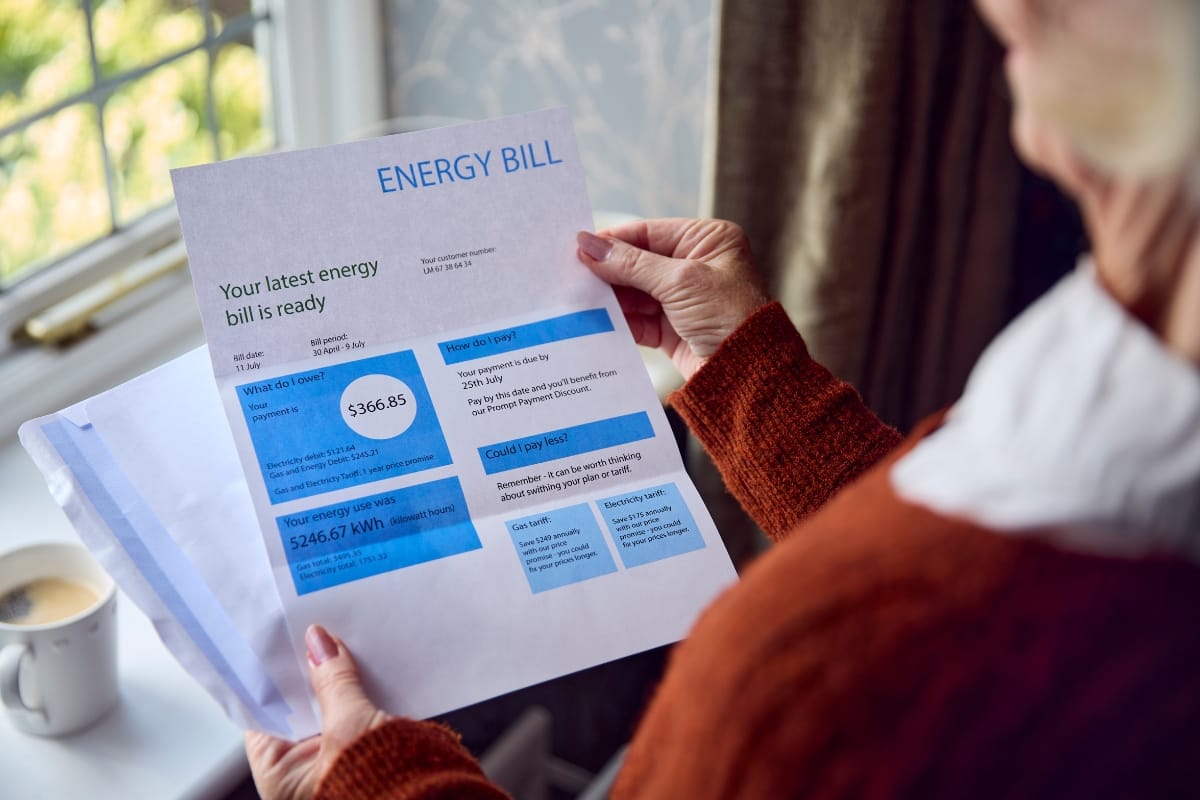
If your energy bill suddenly jumps without any major changes in usage, your HVAC system might be the reason. Heating and cooling systems account for a large portion of household energy use, so when they stop working efficiently, it shows up quickly on your monthly statement. While wear and tear are normal over time, a sharp or steady increase in utility costs often signals a mechanical or performance issue that needs attention.
Observing a Sudden Spike in Your Monthly Utility Bills
An unexpected increase in your energy bill is one of the first signs that something may be wrong with your HVAC system. When internal components like compressors, motors, or fans become worn or start to malfunction, your system needs to run longer to maintain the same indoor temperature. This added workload drives up energy use, sometimes by as much as 15 to 20 percent. Ignoring these early warning signs can lead to more serious damage down the line, so it’s worth taking a closer look when your bill changes significantly from one month to the next.
Your Energy Consumption Increases Without Changed Usage Habits
If your habits at home haven’t changed—no new appliances, no increased occupancy, and no extreme weather shifts—but your energy consumption is climbing, the HVAC system is a likely culprit. Systems that are leaking refrigerant, struggling with airflow, or dealing with aging parts tend to lose efficiency. The result is longer run times, more frequent cycling, and higher energy bills, even though the comfort level in your home doesn’t improve. These inefficiencies often creep in slowly, making it easy to overlook them until the energy costs become too obvious to ignore.
The AC Unit Seems to Work Harder and Longer Than Before
Another sign of reduced efficiency is when your system seems to run nonstop. An AC or heating unit that struggles to reach and maintain your thermostat’s set temperature is likely working harder than it should. Common reasons include dirty evaporator or condenser coils, clogged filters, or low refrigerant. In some cases, the blower motor or compressor might be nearing the end of its service life. All of these issues cause the system to stay on longer than normal, which drives up energy use and accelerates wear on other components. The longer you delay a repair, the more strain you place on the entire system.
Comparing Current Bills to Previous Years Shows Significant Increases
Reviewing your past energy bills can also provide clues about HVAC performance. If your summer or winter energy costs have climbed 10 to 15 percent or more compared to the same months in previous years, your system’s efficiency may have dropped. Seasonal comparisons are especially useful because they account for expected usage due to weather. An increase that goes beyond expected seasonal variation is a good reason to investigate further. A tune-up or repair may be all that’s needed to bring performance back in line.
Why Small Problems Lead to Bigger Costs
What starts as a minor issue—like a dirty coil or a small refrigerant leak—can snowball into much bigger problems if left unchecked. Not only do these issues reduce efficiency, but they also put added pressure on other parts of the system. That means you may end up replacing expensive components earlier than expected. On top of that, the longer your system runs inefficiently, the more money you waste on higher energy bills.
Frequently Asked Questions
Q: What does it mean if my AC blows warm air even when set to cool? A: It generally indicates a refrigerant leak, compressor malfunction, or internal blockage. This inefficiency prevents proper heat removal, leading to increased energy usage and discomfort. A professional inspection is recommended immediately.
Q: How can I tell if weak airflow is causing uneven cooling in my home? A: Uneven temperature distribution or a gentle breeze from vents may indicate clogged filters, duct blockages, or poor sealing. Regular filter changes and duct inspections can help resolve these issues.
Q: What are the risks associated with hearing hissing or buzzing noises from my HVAC unit? A: Hissing often signals refrigerant leaks, while buzzing may reflect electrical overloads or capacitor issues. Both can lead to complete system failure or safety hazards if not promptly addressed by a professional.
Q: Why do rising energy bills sometimes signal HVAC problems? A: Increased energy bills, even without a change in usage habits, can signal inefficiencies due to worn components, low refrigerant, or sensor malfunctions. Regular maintenance can resolve these issues and lower costs.
Q: How often should I schedule maintenance to avoid these HVAC repair signs? A: A comprehensive HVAC inspection is recommended once or twice a year, with monthly filter checks during high-usage seasons to identify early warning signs before they develop into expensive repairs.
Q: Can addressing these repair signs improve the lifespan of my HVAC system? A: Yes, timely repairs and routine maintenance significantly extend the system’s lifespan by preventing overstrain, reducing energy consumption, and minimizing the risk of catastrophic failures.
Q: What should I do if I notice water pooling around my indoor unit? A: Water pooling is a clear sign of drainage issues, such as clogged condensation lines or failing drip pans. Stop using the system and contact an HVAC professional immediately to inspect and clear the drainage system.
Final Thoughts
Ignoring those warning signs can lead to bigger breakdowns and higher bills, so don’t wait until your system quits on you. If you notice any of these red flags—strange noises, uneven temperatures, or sudden spikes in energy use—reach out to the pros at inAir Heating & Air right away. Call us at (770) 233-7777 or visit our website and fill out the HVAC request form for fast, reliable diagnostics and HVAC repairs. Your comfort (and your wallet) will thank you!




